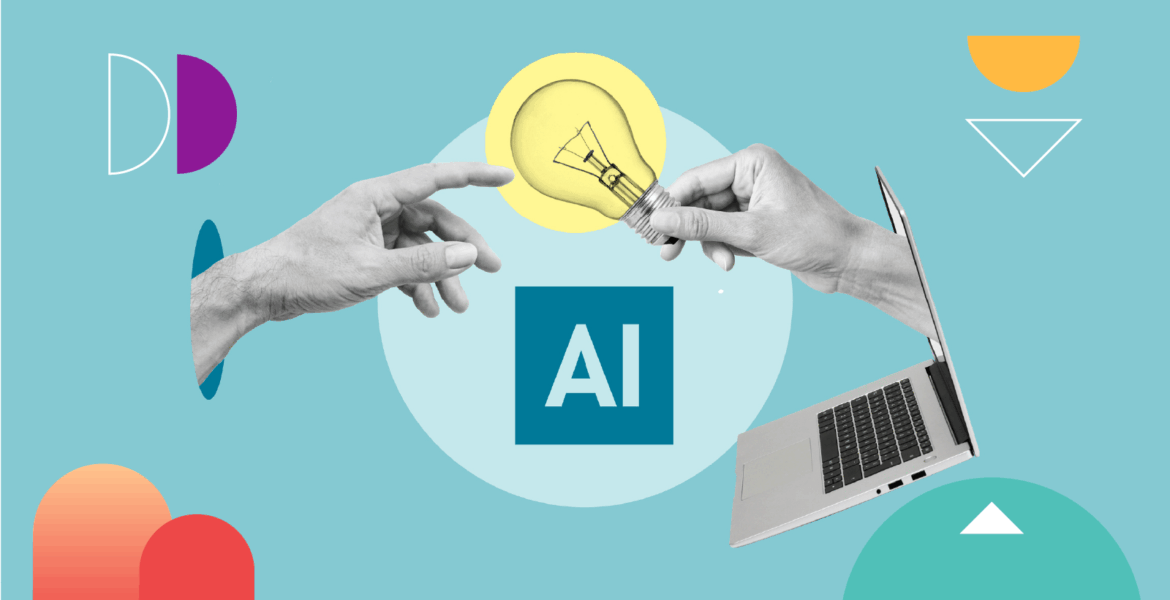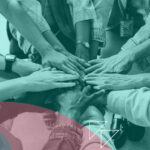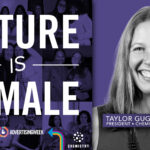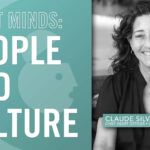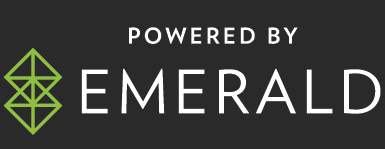By Steven Bevilacqua, Senior Consultant, Cella by Randstad Digital
“AI won’t take your job. But someone who understands AI better than you will.” You’ve heard this now-tired line in every panel discussion and LinkedIn post. While there’s truth to it, here’s the harsh reality: AI is going to change many roles, but it is absolutely also going to eliminate jobs. Repeating comforting mantras won’t change that reality.
I’m not suggesting global mass unemployment is on the way, but creative work is fundamentally changing. By now, we all realize that AI isn’t some passing trend. It, however, does act like a magnifying glass revealing what you and your team are really made of.
Consider animation: Hand-drawn animators in the US are nearly extinct. Digital techniques killed off the craft that built Disney. Yet we have more animated content than ever. Disney’s medium didn’t die; it transformed. Smart animators learned new tools and workflows. Others either retired or spent years playing catch-up if they had resisted the change.
Disney animators who survived weren’t just skilled at drawing. Character styles, uniqueness, movement, connectivity, and storytelling always mattered more than technical excellence. When tools changed, they adapted because their foundation went deeper than technique. Artists who couldn’t make the leap weren’t necessarily bad. Many just never developed creative instincts that transcended any particular medium.
Sure, AI operates at a different scale and speed, but efficiency, cost-cutting, and competitive pressure drive it just like past innovations. Companies have always chased growth while slashing expenses. Scribes lost their jobs when the printing press arrived. Typesetters vanished with industrial publishing. Carriage-makers disappeared with the automobile.
But new technologies also create entirely new industries and roles: mechanics, road construction, marketing, bookstores. For instance, Cambridge University Press emerged from the printing press. Fisher Body pivoted from carriages to cars for General Motors. Those who understood their craft could use that expertise to pivot, bringing their approach and creativity even if their particular skill was no longer needed. Others were simply out of luck.
AI’s reach sets it apart from previous shifts. Earlier technological changes typically affected one industry or craft at a time. AI is coming for everyone simultaneously. Marketing, design, writing, strategy, programming. No creative field is immune, and the speed means less time to gradually adapt.
Certain roles will change, some will disappear altogether, and some departments will shrink. New demands are also emerging, and content pressure is already intense. AI-powered personalization will soon attempt to target every individual consumer. Campaigns, micro-targeted offers, constant testing…all of this is about to explode. Creative output is growing, just in different forms and at breakneck speed.
Companies are discovering they need people who can prompt AI effectively, edit its output, and guide creative direction. But these aren’t just new technical skills. Taste, judgment, and understanding what makes content resonate still matter. People succeeding in these roles aren’t necessarily the ones who were best at the old ways of working.
AI doesn’t replace creativity. It amplifies it. A weak creative armed with sophisticated tools produces more mediocrity faster. A talented creative can redefine excellence. AI separates teams with genuine creative thinking from those coasting on process and reputation.
Many organizations have spent years optimizing for efficiency over innovation. Reliable executors were hired instead of curious experimenters. Approval workflows were built instead of idea cultivation. AI is about to expose how fragile that approach really is. Once mechanics are automated, only taste, judgment, and audience connection matter. No AI can do that for you; gaps between those who can and those who can’t will become painfully obvious.
Maybe you’re old enough to remember when Photoshop was released, if not – take my word on it. Entire generations of designers were caught flat-footed. Some refused to learn, calling it a fad. Others dabbled just enough to stay relevant. A few experimented obsessively and built skills that put them years ahead. Today, no designer can claim credibility without mastering Photoshop or its descendants. AI represents this same shift, magnified a thousandfold.
Designers who thrived weren’t just fast learners. Understanding how digital tools could unlock new possibilities mattered more: layering, effects, and rapid iteration. Opportunity appeared where others saw a threat.
AI won’t completely replace creatives, but it will reveal what teams already in place are actually capable of. Do they have the talent and curiosity to reinvent themselves repeatedly, or are they waiting for someone else to show them the way?
Now is the moment to obsess over your craft. Not to defend old methods, but to reimagine possibilities. Develop creative instincts no algorithm can replicate. Master both tools as well as a mindset that will define the next era of marketing, design, and storytelling.
Teams that survive won’t be the ones with the most experience or fanciest portfolios. Original thinking, quick adaptation, and creative edge will matter more than tools. AI won’t replace creative talent. But it will expose teams that lack it. And that reality should worry more people than it apparently does.
So, if you need a mantra to comfort you, try this one: “AI won’t make me lose my job, but my lack of genuine creativity might.”

